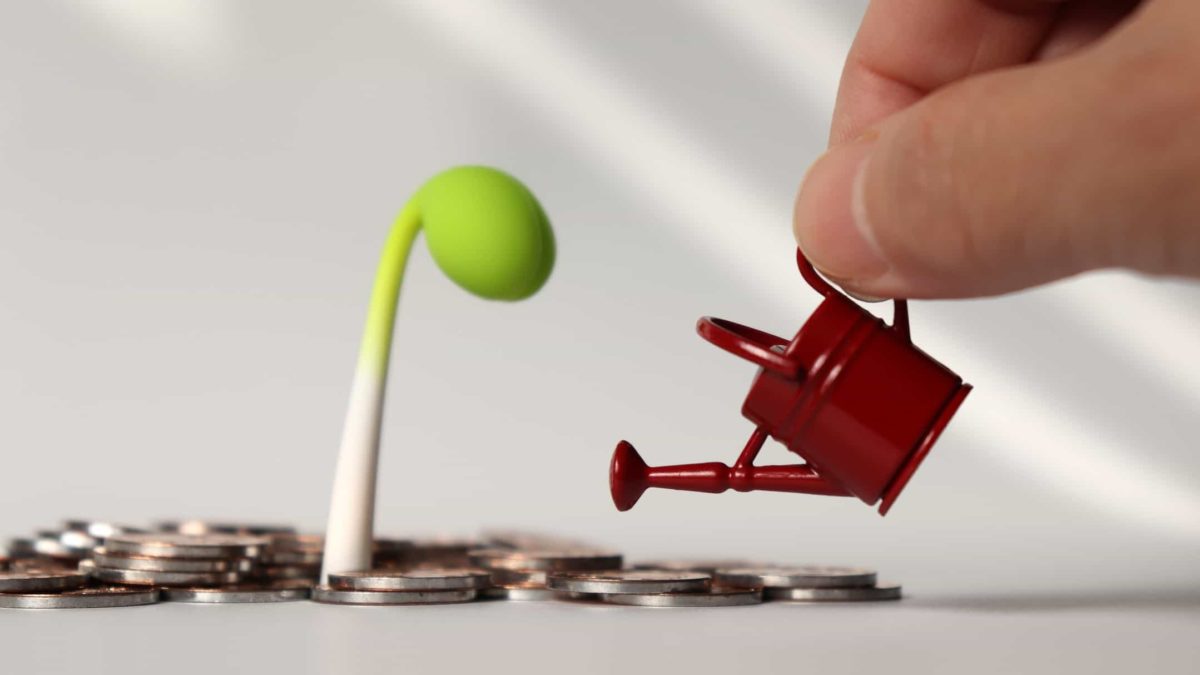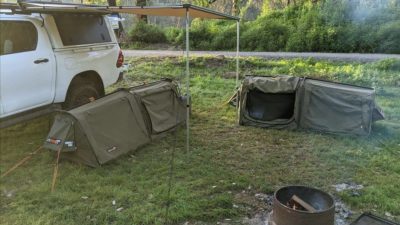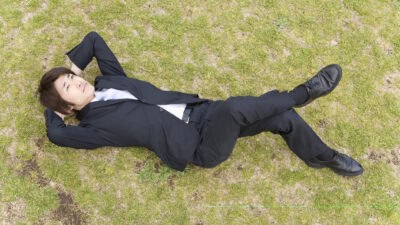I spent a decent amount of time out in the garden over the weekend.
Some mowing, but mostly carrying two cubic metres of pine bark from a pile at the end of the driveway and down into the vege patch.
I was replacing the pine bark that got washed down the hill in the recent storms.
The access meant that I couldn't use a wheelbarrow, so it was two plastic buckets at a time.
Up.
Back.
Up.
Back.
The good news is that it's done. And that it was finished before the rain.
The bad news is that it turns out I'm not as young as I used to be, and I'm nursing a pulled shoulder muscle.
Speaking of which, I refuse to accept that my advancing years are the cause of my interest in growing veges.
When my son was born, we wanted him to experience having a vege garden.
To appreciate where some of his food came from.
To be part of the process.
And, hopefully, to make picking a berry off a bush, a tomato off a vine or an apple off a tree something natural.
So, when we moved to the NSW Southern Highlands 5 years ago, we wanted to be able to have a larger vege patch and some more fruit trees.
See… it's not my advancing age at all!
At least, that's what I tell myself.
Speaking of veges, winter tends not to be a particularly bountiful time for most of them. Some, yes, but not most.
I planted some peas and beans a few weeks back.
(And some lettuce and other greens, but the snails got them. Little buggers. Snail traps going in next weekend, now I have the new pine bark laid!)
They're an exercise in patience (the veges, not the snails!).
For a week or two, nothing happens.
And I mean literally nothing. At least nothing that can be seen by the human eye.
Then, a small tendril pokes its way out of the ground.
Then, almost nothing, for another couple of weeks.
Maybe it's growing, but the pace is so slow, it's hard to tell.
And a couple of the would-be pea plants die.
But then, you start to notice some growth.
Or at least it seems like growth.
Then a little more.
Now, the pea plants are a good 20cm high, and the beanstalks are thickening and sprouting more leaves.
Give it a couple of weeks, and the peas will double in height.
Then another couple of weeks, and they'll double again — growing more in a couple of days than they did in a couple of weeks, just a month or so ago.
Oh come on… surely I'm not going to make that literal a comparison, am I?
The whole 'pea plant as an analogy for compound interest' thing?
Surely not.
Yep. I am. (And don't call me Shirley).
But for what it's worth, I'm not reaching for a banal analogy specifically because I had a point to make.
In this instance, it was literally the reverse.
Yesterday morning, while I was bucketing pine back, I noticed how suddenly the peas had grown, when they were seemingly much smaller only a few days ago.
But it makes sense.
Root systems spread and go deeper, giving the plants a better and more plentiful source of nutrition.
The leaves multiply, giving the plant ever more surface area to utilise for photosynthesis.
Growth begets growth.
Is it a hackneyed example? Probably.
I can't recall using it before, or even someone else using the analogy, but I'm sure they have.
Sometimes, though, cliches are cliches for a reason, and analogies are analogies because the similarities are just too clear to ignore.
So here goes:
When you start investing, the dollar value of your compound gains can be reasonably small… but give it time. Remember the maths.
Not every investment will live and thrive. Some of your portfolio will disappoint. You don't stop growing peas because one plant dies.
As I said, growth begets growth. One leaf becomes two. Two become four. Four become eight. Soon enough, you have 16 times as many leaves as you started with.
Investing requires discipline and a little education, but surprisingly little ongoing effort. Some pruning, some fertilising.. But the returns don't scale with effort, past a certain point. They scale with time.
You have to let them do their thing. You're not going to do well as a gardener if you rip out the peas because they haven't sprouted in the first month, or the apple tree if it hasn't fruited in the first year.
Gardening — like investing — rewards steady effort, and a lot of patience. Mostly, they both work best if you get the structure right, then largely leave them alone.
And, like investing, one day, you'll remember how little you had, when you started, compared to how much you have, after time has done its work. You won't necessarily notice, day by day, but it's happening.
And the harvest is more than worth the time, effort and — remember — patience.
Fool on.









